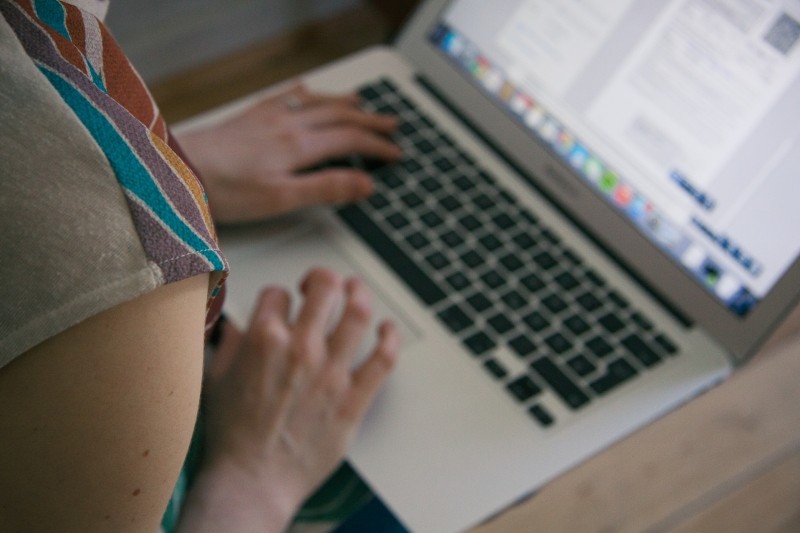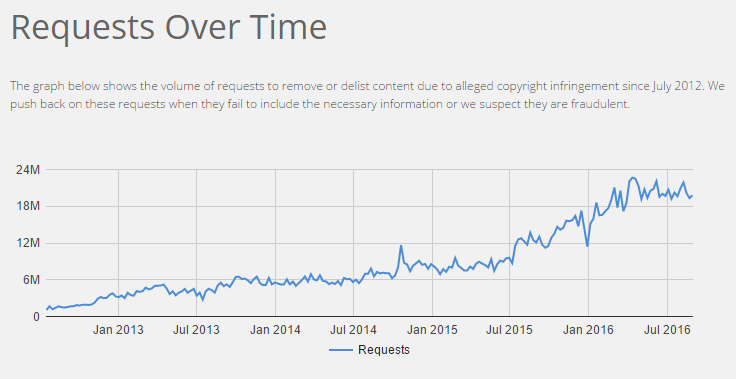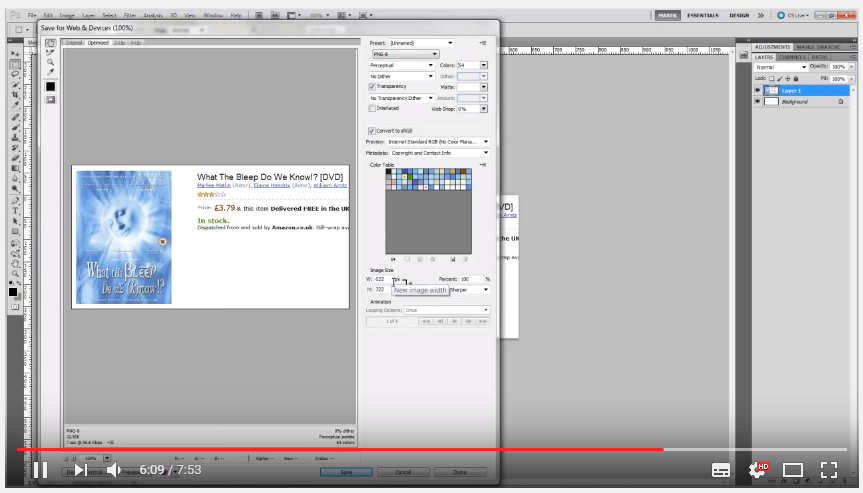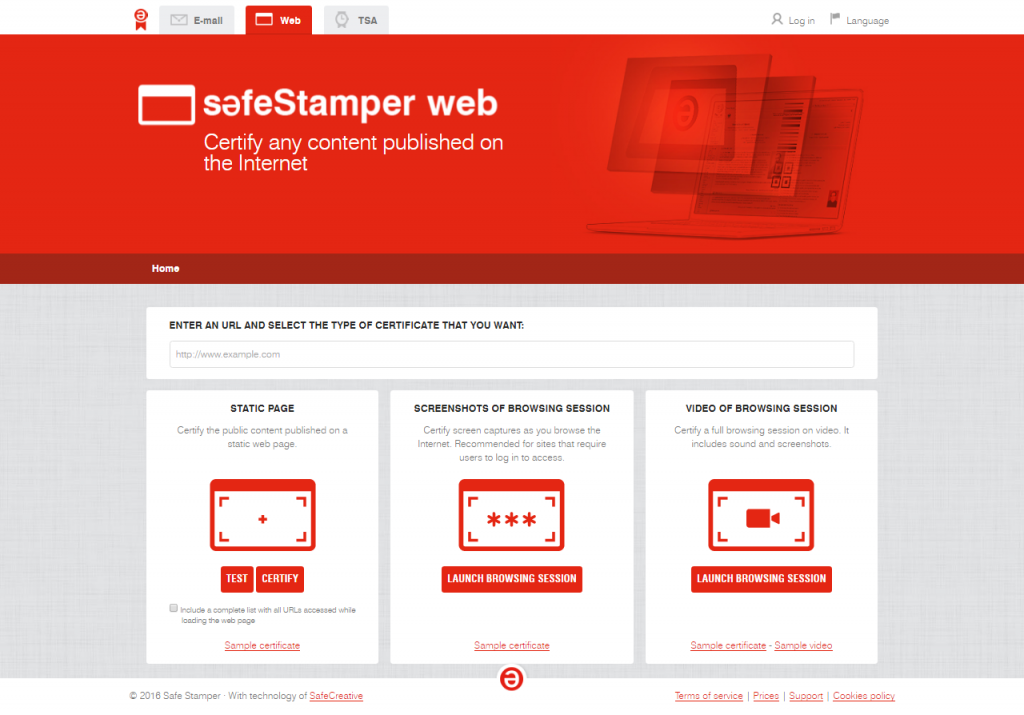
Can I use a screenshot as evidence at a trial?
Last month, Google received over 91 million URL removal requests, from copyright holders and organizations who represent them.
This number has been increasing month by month:

Since there’s an increasing number of people who decide to take action and claim their copyrights when their works are being misused online, it makes sense that more tools should appear to facilitate making these claims. What to do when someone uses your work without your permission, or in a way different from what is established in the work’s license?
Learn more: What to do in case of plagiarism or other unlawful use of your content.
On the Internet, it can be difficult to provide evidence for such violations, as well as for other types of offenses and crimes. They may take place on a site only visible for logged in users, on a private conversation via chat, or the offender might decide to erase all evidence in the last moment.
In order to provide evidence, especially when facing a trial, it is customary to present screenshots. It is usual to accept these screenshots as evidence at first, but the judge must determine whether or not they can be considered valid later on.
One doesn’t need to have deep technical knowledge in order to falsify screenshots. Tutorials on how to edit screen captures or how to impersonate someone in a social network are everywhere, anyone can find them and they’re easy to follow.

Depending on the context, a simple screenshot can be too easy to dismiss as evidence. Whenever in doubt, an expert can be called in to examine the screenshot and determine whether or not it is fake, although it can be difficult to guarantee. Also, these intermediate steps slow down the process, and an expert isn’t always available.
Similarly, there are times when one can choose to request data to the website’s company itself. But when it comes to services such as WhatsApp, Twitter or Facebook, this becomes an almost impossible task. The request can be delayed for months, resulting a nonviable solution to prove the authenticity of the screenshot.
Judges are growing more demanding when having to determine the authenticity of digital evidence, seeing how easily faked they can be.
For example, let’s say an offended user takes a screenshot of a Facebook conversation manually, from his own computer. The thread is later deleted by the offender. How can the first user prove the conversation took place, without sending an injunction to Facebook to ask for a formal confirmation?
In other words: Digital evidence captured manually by users are admitted as evidence; that’s the normal thing. However, in this increasingly uncertain scenario, there should be tools to certify digital evidence objectively. This is, a trustworthy third party, so the evidence can’t be easily dismissed.

Whenever you need something more solid than a usual screenshot, Safe Stamper certificates provide objectified evidence that you can present at a trial.
What’s the difference? The screenshots or the recordings, in this case, aren’t made manually by the user from his own browser. They are done by Safe Stamper, inside a virtual computer, from a different server. The browser is controlled by Safe Stamper. The content displayed on the site at that specific moment is saved, without any possibilities to alter it.
The resulting certificate is available at a public URL (or protected by password), so the judge or an expert can check that nothing has been manipulated.
Recently, a Safe Stamper user who had been plagiarised, shared with us her experience at a trial. Her own screenshots had been mocked at by the defendants, who said that she had “photoshopped” them. Safe Stamper’s screenshots, on the other hand, were accepted as evidence of the plagiarism.
Read more: How to take certified screenshots using Safe Stamper.
We hope that both Safe Stamper’s tools and this article will help you navigate and share contents more securely.

We advise for your lawyer to contact us in case o doubt as the way our proofs are to be presented in court could vary dependen on the jurisdiction. In general both the printed screenshots but also the digital files have to be presented.
Dear I submitted a complaint regarding cyber crime in Pakistan regarding defamatory posts shared on community whtsap group .
I obtained all screen shots of posts and submitted the photo copies to the authority and court .
Are these are eligible for exhibition in court and court reliable .
Owais Ahmad Qadri
Not sure of what you mean exactly but seems you are talking about a possible plagiarism, thus yes, you can have a case there.
Fb user post without mention the name and place can sue for filing case ?
Not sure if we’re understanding the case or situation. However best advice from us, since we’re not lawyers, is to contact one. A lawyer is the correct person to guide you when suing anybody.
I sued someone for sending chats to another person that I am adulterous(kabit).the 3rd person screenshots those chat to her and send it to me. I used that as evidence with the 3rd party as my witness in court. Is their validity of my evidence?can I win this case? Thnx